Managing Ballast Water discharge in compliance within the International Convention
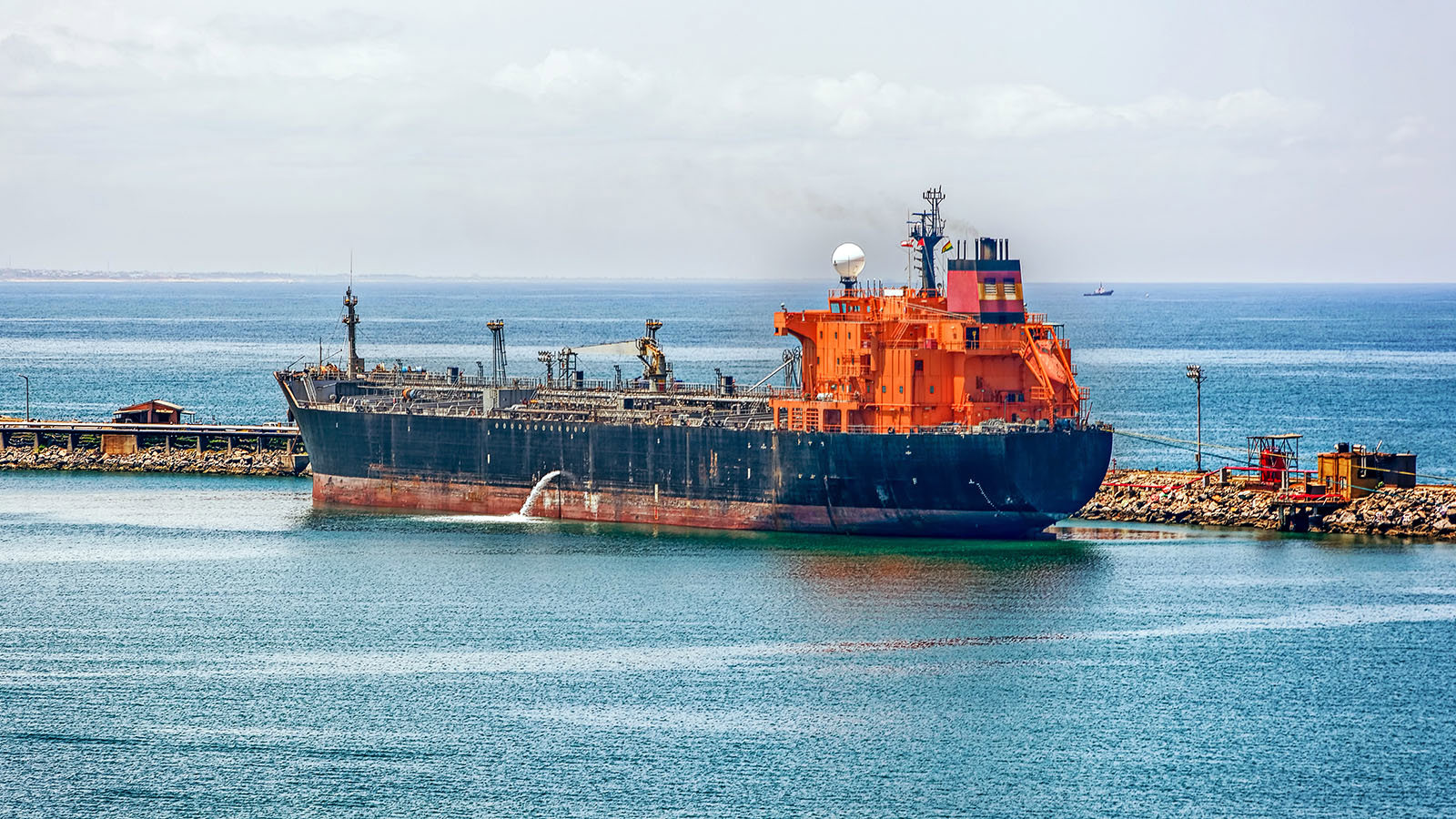
Wilhelmsen insights
|
Rune Nygaard , Business Director Technical Water Solutions
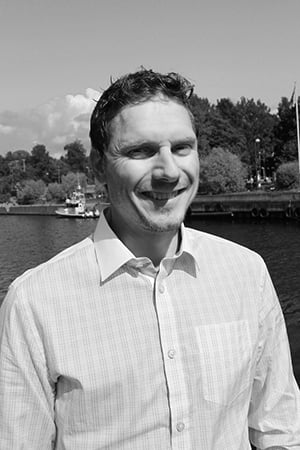
Under the Convention’s terms, ships will be required to manage their ballast water to remove, render harmless, or avoid the uptake or discharge of aquatic organisms and pathogens within ballast water and sediments.
Consequently, the marine industry is now searching for new and rapid methodologies to monitor the quality of treated ballast water and measure compliance. This is a new area for testing and we believe that fluorometry techniques have a place in the range of compliance test that can be utilised to monitor ballast water quality. In this article we will explain why.
ballast water convension background
The threat to the marine environment
Ballast water carried in ships has been identified as a major pathway for introducing alien species to new environments. In fact, it is estimated that 10 billion tonnes of ballast water are transferred globally each year and that 7,000 species are carried around in ballast water every day. The effects of the introduction of new species have in many areas of the world been devastating. Quantitative data show the rate of bio-invasions is continuing to increase at an alarming rate and some 40 recent invasions occurred because of ballast water discharge.
The aims of BWM 2004
Under the Convention, ships in international traffic will be required to manage their ballast water and sediments to the D2 standard and maintain a ship-specific ballast water management plan. Ships will also have to carry a ballast water record book and an international ballast water management certificate. The ballast water management standards will be phased in over a period of time. As an intermediate solution, ships should exchange ballast water mid-ocean (D1 standard). However, eventually most ships will need to install an on-board ballast water treatment system and meet the D2 standard (ref. Table 1) for discharged ballast water.
Table 1. IMO/USCG D2 standard for discharged Ballast Water
|
Micro organism Category |
Control Limit |
|
|
1 |
Viable/living organisms, size > 50 μm |
< 10 cells/m3 |
|
2 |
Viable/living organisms, size 10-50 μm |
< 10 cells/ml |
|
3 |
Toxicogenic Vibrio Cholerae |
< 1 Colony Forming Unit/100ml |
|
4 |
Escherichia Coli |
< 250 Colony Forming Unit/100ml |
|
5 |
Intestinal Enterococci |
< 100 Colony Forming Unit/100ml |
Ballast water treatment equipment
Many companies have developed and are marketing equipment to treat ballast water to meet the D2 standard. This equipment typically employs filtration followed by treatment via UV radiation or an oxidising biocide before discharge. There are at least 50 companies with formal approval from the IMO. The USCG provided temporary approval for a number of treatment systems for use in USA waters and is embarking on more detailed approval procedure.
How to measure and maintain compliance
Shipboard test methods are available for E Coli and Enterococci bacteria. These are commonly used to test potable water supplies, but take many hours to incubate and cannot provide results as ballast water is discharging. These methods are therefore best applied on stored ballast waters prior to discharge.
Pulse Amplitude Modulated (PAM) fluorometry
Rapid test methods using fluorometry techniques provide indicative results of algae in ballast waters in less than a minute and are of high interest for rapid compliance testing of ballast water to the D2 standard.
Wilhelmsen is working with Turner Designs USA, an expert company that specialises in the use of fluorometry, to market and distribute their Ballast-Check 2 instrument for rapid compliance monitoring on board ship. Such technology is already commonly used by the scientific community to monitor algal concentrations and photosynthetic efficiency of sea and river waters.
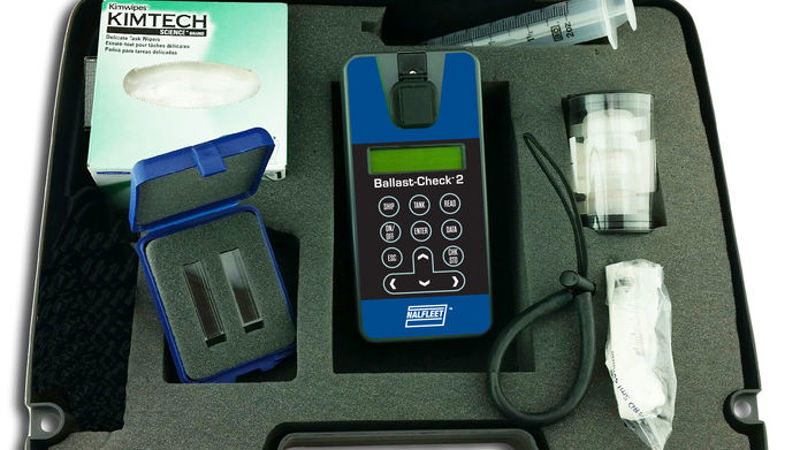
PAM fluorometry is a technology that is referenced in the IMO documentation and has shown good correlation with microscopy results in the R/V Meteor report and by 124 L.A. Drake et al. / Marine Pollution Bulletin 86 (2014) 122–128.
In Ballast water compliance testing, there are several promising approaches to conduct indicative analyses, and prominent among them is variable fluorescence. Here, the biomass and physiological condition of photoautotrophic organisms is assessed fluorometrically. Because planktonic organisms >10 μm and <50 μm in coastal areas are predominantly photoautotrophs, variable fluorescence seems a promising candidate to assess clear non-compliance of this size class to the discharge standard
(see sources in Appendix).
Nalfleet Ballast-Check 2 - principles of operation
Ballast-Check 2 is a fluorometer that uses both bulk fluorescence for determining the abundance and PAM (or variable) fluorometry for determining the viability of algae in ballast waters.
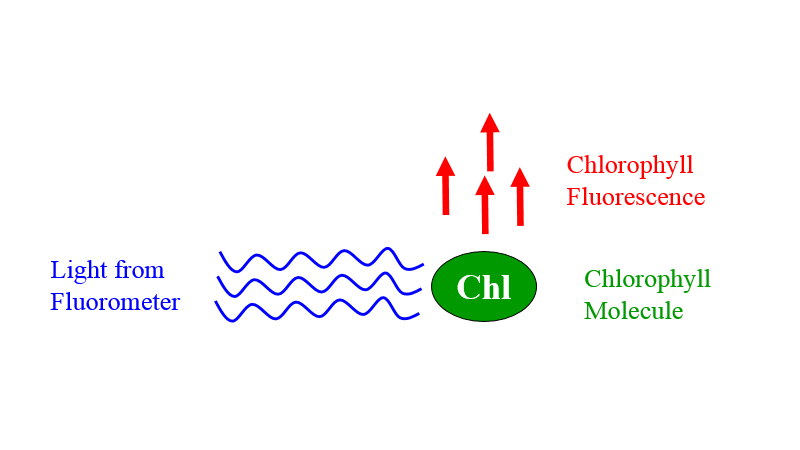
Abundance of algae
Ballast-Check 2 is configured for detecting chlorophyll fluorescence from live algal cells (i.e. in vivo detection of chlorophyll). Light from the fluorometer is absorbed by algae which causes the cell to fluoresce. Fluorescence emitted by the cells is detected, quantified, and displayed as a digital number estimating the abundance of algae in the sample. Environmental conditions such as presence of interfering compounds, cellular physiology, and light history can influence abundance estimates, the procedure used to analyse samples by Ballast-Check 2 accounts for most of the interferences, providing an accurate estimate of algal abundance as cells/ml for 10 – 50μm sized cells. The abundance value represents a cells/ml count of the algal cells in the sample.
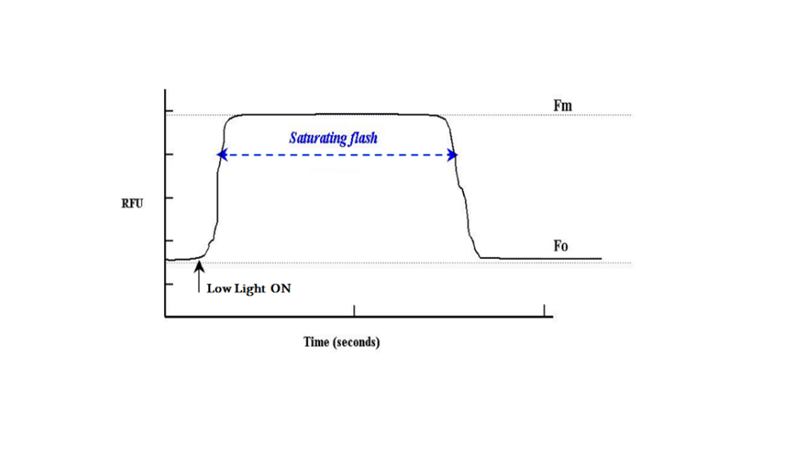
Activity of algae (viability)
Ballast-Check 2 uses a proprietary method similar to traditional PAM fluorometry. Using two measuring LEDs the Ballast-Check 2 can estimate photosynthetic efficiency, or activity, of algae in the 10-50μm size class. The first LED (monitoring) is used to excite the sample with very low light intensity so as not to induce a change in chlorophyll reaction centres. While continuously monitoring the sample using the monitoring LED, the second LED (saturating) blasts the sample with a high intensity of light to bring algae to a higher fluorescence state. Activity is calculated using algal fluorescence responses from these two fluorescence states. Through empirical determination an activity threshold of 0.25 is referenced when assessing whether ballast water is in compliance. The activity value represents the health or viability of the algal cells in the sample.
Interpretation of results
Ballast-Check 2 is pre-set with defined threshold values for abundance and activity of algae in ballast water samples correlating to the ballast water discharge standard in IMO/USCG D2 for organisms: <10 viable/living organisms/ml in the 10-50μm size class.
The Ballast-Check 2 fluorometer provides a RISK assessment as either HIGH, for samples that are in exceedance of the discharge standard, or LOW if the sample has not exceeded the discharge standard’s requirements. Samples with HIGH RISK will report an abundance greater than 10 AND an activity greater than 0.25. If the abundance is less than 10 OR the activity is less than 0.25, then the RISK assessment will display as LOW.
The table below shows example readings and advice on restorative action:
|
Example Readings |
Risk |
Abundance cells/ml |
Activity |
Interpretation |
Advised action |
|
1 |
LOW |
<10 |
<0.25 |
Within D2 Guidelines |
Maintain BWTS performance |
|
2 |
LOW |
<10 |
≥0.25 |
Within D2 Guidelines |
Maintain BWTS performance |
|
3 |
LOW |
>10 |
<0.25 |
Within D2 Guidelines |
Maintain BWTS performance |
|
4 |
HIGH |
>10 |
≥0.25 |
Exceeds D2 Guidelines |
Retest from sample flow. Check BWTS performance. If results remain high, plan for a more detailed analysis at earliest opportunity. |
Regulatory bodies and rapid, indicative compliance testing
The uptake and discharge of ballast water is a dynamic process and regulatory bodies are investigating how best to monitor and test ballast water to demonstrate compliance. Portable devices utilising fluorometry techniques are of high interest to the regulators and are the subject of review in the reference documents in Appendix below.
The IMO and USCG have not officially endorsed fluorometry as a rapid, indicative measurement tool, however they are both undertaking research on the use of this technology by Port State Control and the marine industry in general. USCG and California State Lands Commission recently validated a small number of such instrument types (including Ballast-Check 2) and reports on the technology are expected to be released by end 2016.
Learn more about ballast water test kits
Explore other water treatment solutions
Appendix: References
1. BWM.2/Circ.42/Rev.1 28 May 201 5 INTERNATIONAL CONVENTION FOR THE CONTROL AND MANAGEMENT OF SHIPS' BALLAST WATER AND SEDIMENTS, 2004 Guidance on ballast water sampling and analysis for trial use in accordance with the BWM Convention and Guidelines (G2). http://www.mardep.gov.hk/en/msnote/pdf/msin1538anx1.pdf
2. (Bradie, J. 2016. METEOR Voyage M116/2: Report on performance of ballast water collection and analysis devices. Prepared for BSH (German Federal Maritime and Hydrographic Agency): 130 pages.), has detailed the practical use and application of a variety of technologies available for sampling and testing Ballast Waters. http://www.bsh.de/de/Meeresdaten/Umweltschutz/ReBaT-Projekt/ReBaT-Projekt.pdf
3. Marine Pollution Bulletin: How many organisms are in ballast water discharge? A framework for validating and selecting compliance monitoring tools Lisa A. Drake, Mario N. Tamburri, Matthew R. First, G. Jason Smith, Thomas H. Johengen Chemistry Division, Naval Research Laboratory, Code 6136, Key West, FL 33041, United States Chesapeake Biological Laboratory, University of Maryland Center for Environmental Science, Solomons, MD 20688, United States, Excet, Inc., Springfield, VA 22151, United States Moss Landing Marine Laboratories, 8272 Moss Landing Rd., Moss Landing, CA 95039, United States, Cooperative Institute for Limnology and Ecosystems Research, University of Michigan, Ann Arbor, MI 48109, United States. http://www.sciencedirect.com/science/article/pii/S0025326X14004779
4. ANNEX 1 RESOLUTION MEPC.252(67) Adopted on 17 October 2014 GUIDELINES FOR PORT STATE CONTROL UNDER THE BWM CONVENTION http://www.imo.org/en/OurWork/Environment/BallastWaterManagement/Documents/MEPC.252(67).pdf